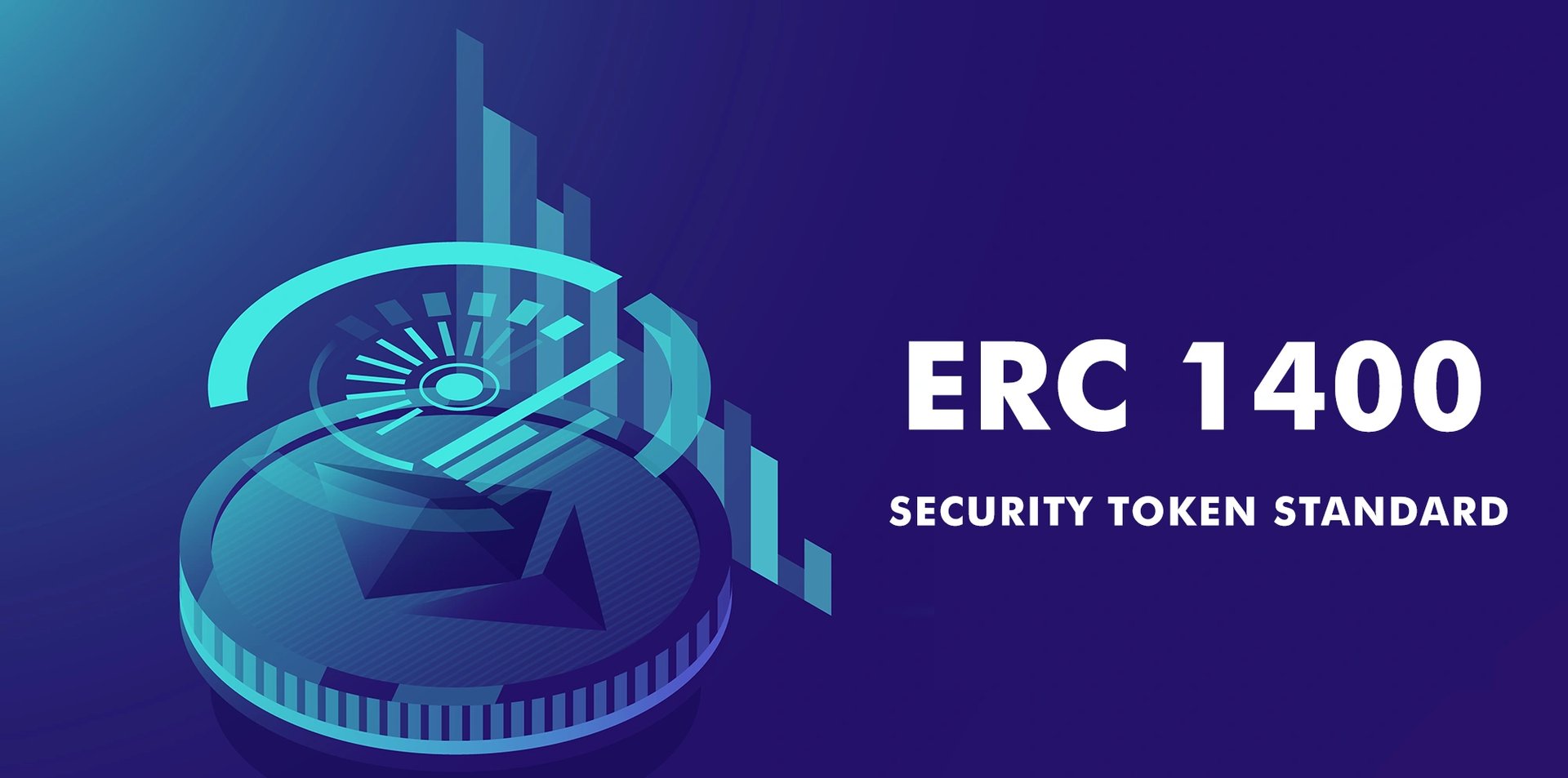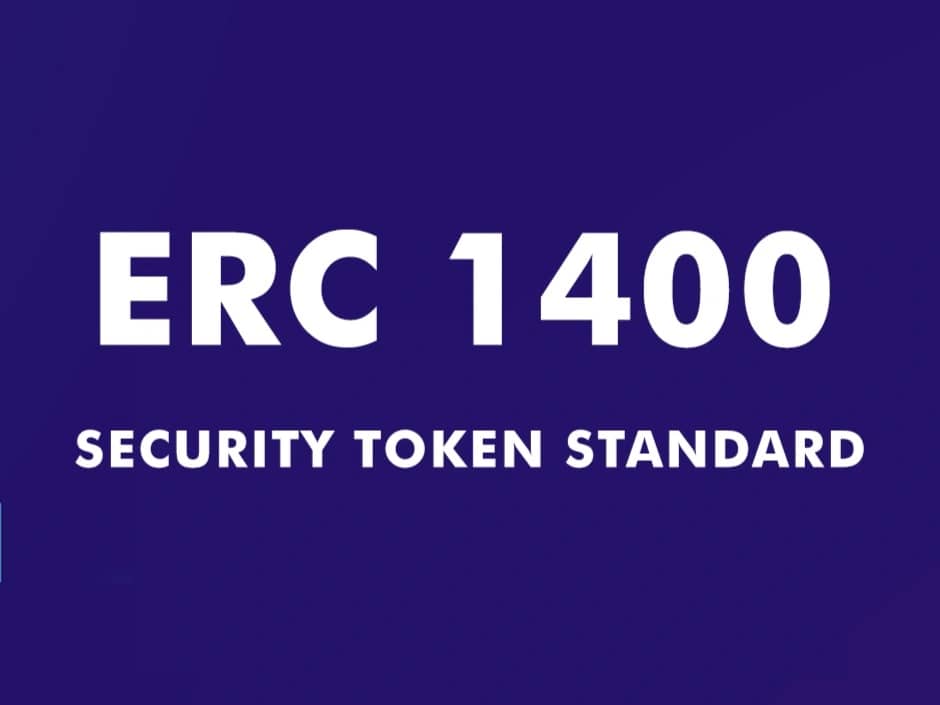위키 구독하기
Share wiki
Bookmark
ERC-1400
ERC-1400
ERC-1400은 Ethereum(이더리움) 기반의 포괄적인 증권 토큰 표준으로, 규정 준수 기능이 내장된 증권 토큰의 구축, 발행, 거래 및 관리를 위한 통합 프레임워크를 제공합니다. [1]
개요

ERC-1400은 blockchain(블록체인) 생태계 전반에서 증권 토큰 구현의 일관성 필요성에서 비롯되었습니다. 이전 토큰 표준의 확장으로 개발된 이 표준은 새롭고 기존의 표준을 결합하여 토큰화된 증권에 특별히 맞춰 설계된 일관된 프레임워크를 만듭니다. 이 표준은 Polymath(폴리매스)의 이전 ST-20 프로토콜을 기반으로 구축되어 증권 토큰의 고유한 요구 사항을 해결하는 확장 가능하고 유연한 표준 집합을 제공합니다.
주로 애플리케이션 내에서 기능적 목적을 제공하는 utility tokens(유틸리티 토큰)과 달리, 증권 토큰은 주식, 채권 또는 부동산과 같은 자산의 소유권을 나타내므로 증권 규정의 적용을 받습니다. ERC-1400은 이러한 규정 요구 사항을 토큰의 기능에 직접 통합하여 토큰이 모든 필요한 준수 조건을 충족할 때만 전송될 수 있도록 설계되었습니다.
이 표준은 관련 증권법 및 규정을 준수하면서 복잡한 금융 자산을 blockchain(블록체인)에 표현할 수 있도록 하므로 기존 금융 상품의 토큰화에 있어 상당한 발전을 나타냅니다. ERC-1400은 증권 토큰에 대한 접근 방식을 표준화함으로써 서로 다른 플랫폼 간의 상호 운용성을 개선하고 광범위한 금융 생태계에서 증권 토큰의 채택을 증가시키는 것을 목표로 합니다.
기술 구성 요소
ERC-1400은 전송 제한 및 규정 검사를 포함하여 증권 토큰을 준수하도록 하는 모듈식 구성 요소로 구성됩니다. 이를 통해 제공 메모, 투자자 계약 및 규정 제출 자료를 첨부할 수 있는 문서 관리가 가능합니다. 이 표준에는 법적 준수를 위한 위임 권한 및 강제 토큰 전송과 같은 제어 기능이 포함되어 있습니다. 완전히 대체 가능한 ERC-20(ERC-20) 토큰과 달리, ERC-1400은 토큰 분할을 통해 부분적 대체 가능성을 지원하여 서로 다른 권리와 제한이 있는 다양한 증권 등급을 가능하게 합니다. 또한 거래 실패의 원인을 명확히 하는 오류 코드를 제공하여 사용자가 실패한 KYC(KYC) 검사 또는 소유권 제한과 같은 준수 문제를 이해하는 데 도움이 됩니다. [2] [4]
주요 기능
ERC-1400에는 다른 토큰 표준과 구별되는 몇 가지 주요 기능이 포함되어 있습니다. 투자자 자격, KYC(KYC)/AML(AML) 확인, 지역 제한, 보유 기간 및 소유권 집중 제한과 같은 규정 요구 사항에 따라 전송 제한을 시행합니다. 이 표준은 또한 승인된 관리자가 강제 전송을 허용하여 법원 명령에 따른 전송, 분실 토큰 복구, 규정 개입 및 주식 분할 또는 합병과 같은 기업 행위를 가능하게 합니다.
ERC-1400은 특정 전송 조건이 있는 범주로 토큰을 분할하여 다양한 증권 등급, 잠금 기간, 투표권 및 규정 요구 사항을 용이하게 합니다. 또한 문서 관리를 통합하여 법적 문서 접근성, 공개 요구 사항 준수, 투자자 알림 및 규정 감독을 위한 감사 추적을 허용합니다. [3]
장점
ERC-1400의 구현은 증권 토큰 생태계의 다양한 이해 관계자에게 상당한 이점을 제공합니다.
발행자
- 내장된 준수 기능은 규정 위반 위험을 줄입니다.
- 다양한 증권 유형 및 규정 프레임워크 지원
- 자동화된 준수 검사는 수동 확인 프로세스를 줄입니다.
- 관할권 제한을 준수하면서 글로벌 투자자 기반에 준수하는 증권을 발행할 수 있습니다 [4]
투자자
- 준수 문제로 인해 거래가 실패할 때 명확한 오류 메시지
- 분할을 통한 소유권에 대한 더 나은 가시성
- 토큰 자체에 내장된 규정 보호 장치
- 표준화는 더 큰 거래소 지원 및 liquidity(유동성)로 이어질 수 있습니다 [1]
거래소 및 수탁자
- 표준이 일관된 구현을 제공하므로 기술적 실사 부담 감소
- 모든 ERC-1400 토큰에 대한 공통 인터페이스
- 토큰 수준에서 시행되는 전송 제한
- 증권 토큰 운영에 대한 표준화된 접근 방식 [3]
사용 사례
ERC-1400은 규정 요구 사항을 스마트 계약에 통합하여 다양한 자산의 준수하는 토큰화를 가능하게 합니다. 여러 산업 분야에 적용되어 투명성과 준수를 보장하면서 안전하고 효율적인 자산 관리를 용이하게 합니다.
이 표준은 토큰화된 증권을 지원하여 규정을 준수하면서 주식, 채권 및 펀드를 거래할 수 있도록 합니다. 분수 소유 및 자동화된 자산 관리를 위한 부동산 토큰화를 가능하게 합니다. 자산 기반 토큰은 liquidity(유동성) 및 준수를 유지하면서 상품, 미술품 또는 물리적 자산을 나타낼 수 있습니다. ERC-1400은 또한 사모 펀드, 공급망 금융, 지적 재산권 및 토큰화된 펀드에 적용되어 안전하고 투명한 소유권 관리를 보장합니다. [3]
잘못된 내용이 있나요?
